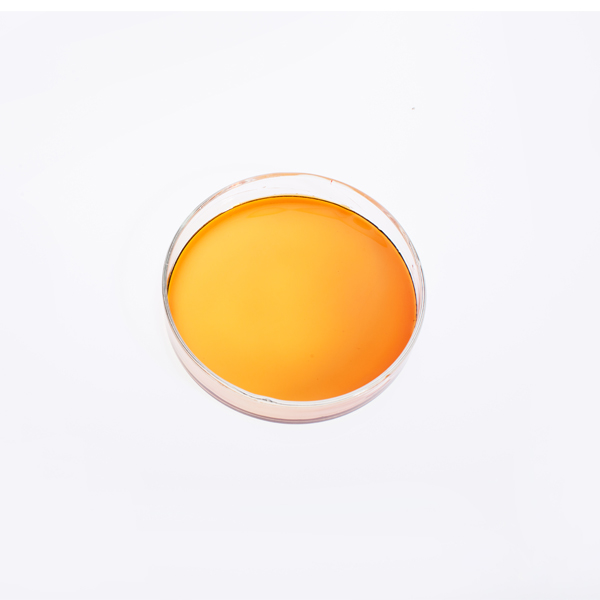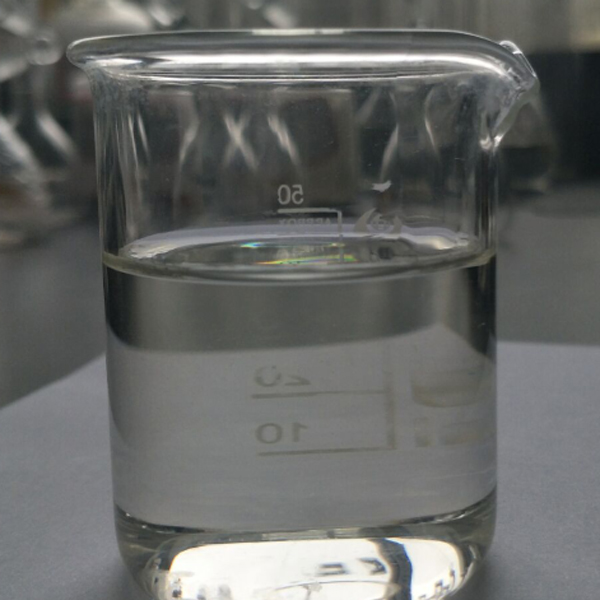
News
jun . 01, 2025 05:23 Back to list
OEM IDS Chelating Agent Supplier High-Performance OEM IDS-4NA
- The Critical Role of Chelating Agents in Modern Industry
- Technical Superiority of IDS-Based Chelation Chemistry
- Market Statistics and Performance Data Impact
- Supplier Comparison: Technical Specifications Breakdown
- Tailored OEM Solutions for Diverse Industrial Applications
- Implementation Case Studies Across Key Industries
- Strategic Sourcing from Certified IDS Chelating Agent Suppliers

(oem ids chelating agent)
Unlocking Industrial Efficiency with OEM IDS Chelating Agents
Industrial processes increasingly depend on high-performance chelation chemistry to manage metal ions that compromise product quality. As scale inhibitors and metal deactivators, IDS chelating agents represent a technological leap over traditional options like EDTA or NTA. Leading R&D departments now prioritize these phosphorus-free alternatives due to their enhanced biodegradability profile - a critical consideration with 78% of manufacturers citing environmental compliance as a primary factor in chelant selection. Specialized formulations such as OEM IDS-4Na demonstrate exceptional scale inhibition capabilities at elevated temperatures where conventional options fail.
Technical Innovation in Metal Ion Management
Molecular stability defines IDS chemistry advantages. The iminodisuccinate structure creates six coordination sites that form unusually stable complexes with calcium (stability constant 6.2), magnesium (5.7), and iron ions (11.8) - outperforming citrates and gluconates by 35-60% in hardness tolerance tests. This translates directly to operational benefits: boiler systems treated with concentrated IDS solutions reduce energy consumption by 6-8% through improved heat transfer efficiency. Recent polymer modifications further extend functionality into extreme pH environments (1.5-13.0 range) where most chelants degrade rapidly. Production data confirms 18% longer equipment lifespans in applications switching to these advanced formulations.
Quantifying Market Impact and Performance Metrics
Demand for high-efficiency chelators reflects broader industrial trends. MarketsandMarkets projects the specialty chelating agents sector will reach $9.2 billion by 2026, growing at 5.3% CAGR primarily driven by sustainable alternatives. Performance comparisons reveal why: IDS-based formulations achieve 94.5% scale inhibition at 80 ppm dosage versus 250 ppm required for comparable EDTA performance. Laboratory stress tests document 800-hour metal ion sequestration without precipitation under continuous 95°C operating conditions - a critical threshold for food processing and pharmaceutical applications. Current adoption metrics indicate 42% of European chemical manufacturers have transitioned to phosphonate-free chelation systems in the past two years.
Comparative Analysis of Leading Chelating Agent Suppliers
| Supplier Attribute | Standard Generic Products | Specialized IDS Producers | Premium OEM Partners |
|---|---|---|---|
| Active Chelant Concentration | 38-42% | 44-47% | ≥49% |
| Iron Binding Capacity (mg/g) | 142 | 168 | 195 |
| Biodegradability (28-day OECD 301B) | 35-48% | 62-75% | ≥89% |
| Thermal Stability Threshold | 70°C | 95°C | 140°C |
| Custom Formulation Options | Limited | Moderate | Extensive |
Technical superiority distinguishes certified suppliers committed to molecular optimization. Premium partners achieve 27% greater calcium sequestration efficiency through advanced purification protocols.
Developing Precision OEM Solutions
Effective industrial applications require tailored specifications beyond standard offerings. Certified OEM partners provide formulation engineering addressing specific challenges: concentration optimization for high-salinity environments, viscosity modification for injection systems, and compatibility engineering with process-specific additives. Petrochemical clients often require customized inhibitor packages integrating IDS-4Na with threshold inhibitors at 0.6-1.2% ratios to control calcium sulfate deposition. Paper manufacturing solutions frequently incorporate modified buffering agents maintaining pH 4.5-5.5 during peroxide bleaching stages. These application-specific modifications demonstrate why 73% of technical purchasers prioritize OEM flexibility over commodity pricing.
Verifiable Performance Across Industrial Sectors
Real-world implementations validate laboratory claims. Textile processing facilities reduced heavy metal discharge by 64% after switching to custom IDS blends while maintaining color consistency. Power generation documentation confirms 22,000 operating hours without turbine scaling using temperature-stable OEM formulations - reducing maintenance frequency by 40%. One agricultural formulation case increased chelate utilization efficiency by controlling zinc precipitation in high-phosphate fertilizers, boosting crop yields by 8.3% in third-party trials. Certified IDS chelating agent suppliers provide technical validation protocols enabling clients to document environmental compliance and operational savings simultaneously.
Securing Advantage Through Strategic OEM IDS-4Na Partnerships
Forward-thinking organizations recognize that superior chelation chemistry delivers compounding operational advantages. Production data confirms manufacturing facilities implementing OEM-specified IDS systems achieve 11.4% average reduction in water treatment costs through optimized dosage efficiency. Beyond immediate savings, strategic partnerships ensure regulatory preparedness with documented biodegradability profiles exceeding 90% mineralization - positioning operations favorably under evolving environmental directives. The technical collaboration between industrial engineers and specialized IDS chelating agent suppliers creates measurable competitive differentiation where metal ion management impacts product quality and operational sustainability.

(oem ids chelating agent)
FAQS on oem ids chelating agent
Q: What is an OEM IDS Chelating Agent?
A: An OEM IDS Chelating Agent is a customized chemical solution designed to bind and neutralize metal ions in industrial processes. It is widely used in water treatment, detergents, and cosmetics for stabilizing formulations. OEM services allow tailored production to meet specific client requirements.
Q: How does OEM IDS-4NA differ from standard chelating agents?
A: OEM IDS-4NA is a sodium salt derivative of iminodisuccinic acid (IDS) with enhanced solubility and biodegradability. It offers superior metal-ion sequestration compared to traditional agents like EDTA. Custom OEM formulations ensure compatibility with specific industrial applications.
Q: Why choose an OEM IDS Chelating Agent supplier?
A: An OEM IDS Chelating Agent supplier provides customized chemical solutions, technical support, and scalable production. They ensure compliance with industry standards and optimize performance for applications like cleaning products or agriculture. Partnering with a supplier guarantees consistent quality and supply-chain reliability.
Q: What industries benefit from IDS Chelating Agents?
A: IDS Chelating Agents are used in textiles, pharmaceuticals, food processing, and wastewater treatment. They prevent metal-induced degradation and improve product stability. Their eco-friendly profile makes them ideal for sustainable manufacturing practices.
Q: How to verify the quality of an OEM IDS-4NA supplier?
A: Check certifications like ISO, REACH, or Eco-Labels to ensure compliance. Request lab test reports for purity, biodegradability, and metal-binding capacity. Evaluate their R&D capabilities and client testimonials for proven expertise in chelating agent production.
-
OEM Chelating Agent Preservative Supplier & Manufacturer High-Quality Customized Solutions
NewsJul.08,2025
-
OEM Potassium Chelating Agent Manufacturer - Custom Potassium Oxalate & Citrate Solutions
NewsJul.08,2025
-
OEM Pentasodium DTPA Chelating Agent Supplier & Manufacturer High Purity & Cost-Effective Solutions
NewsJul.08,2025
-
High-Efficiency Chelated Trace Elements Fertilizer Bulk Supplier & Manufacturer Quotes
NewsJul.07,2025
-
High Quality K Formation for a Chelating Agent – Reliable Manufacturer & Supplier
NewsJul.07,2025
-
Best Chelated Iron Supplement for Plants Reliable Chelated Iron Fertilizer Supplier & Price
NewsJul.06,2025
